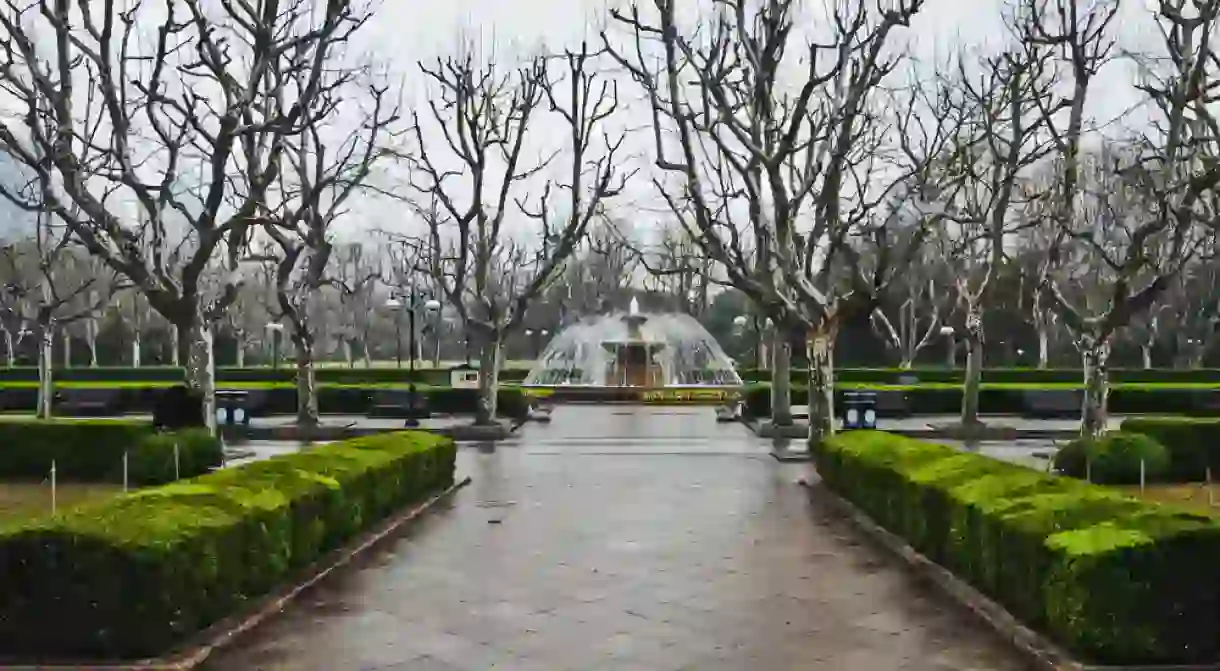Top Things To Do in Shanghai’s Former French Concession

Shanghai’s former French Concession is a leafy sanctuary, brimming with garden villas and elegant boutiques. Head here for a taste of the quiet life.
It’s hard not to be charmed by the beguiling beauty of Shanghai’s former French Concession. Here, grand tunnels of London plane trees shade the streets, sheltering traditional shíkùmén (stone-gate) houses. This protected heritage neighbourhood was established in 1848 at the request of the French Consul to Shanghai, representing a convergence of cultures. Refreshingly devoid of look-at-me skyscrapers and glaring neon lights, it is a great place to step into the city’s past. The best way to revel in the romance is to lazily stroll its streets and alleyways, making pit stops at these must-see attractions. Check out the top picks of our tours for the area!
Get acquainted with Shanghai’s premier architect at the Wukang Mansion
Building

Hungarian-Slovak architect László Hudec has left his fingerprints all over Shanghai, with dozens of projects that captured the zeitgeist of the city during the concession eras. He’s still a household name among local people who call themselves wu fen, a Chinese abbreviation for ‘Hudec fans’. In the former French Concession, gaze up at the Wukang Mansion, which Hudec completed in 1924. Once called Normandie Apartments (an homage to a World War I-era battleship), the French Renaissance-style flatiron was home to Shanghai’s intellectuals and film stars. During the Cultural Revolution, it also bore a darker moniker – the Red Guards renamed it the Anti-Revisionist Tower.
Frolic in Fuxing Park
Park
Shop local inside traditional shíkùmén
Building, Market, Shop

The lòngtáng (alleyways) lined with traditional shíkùmén (stone-gate houses) are crowded and confusing, but that’s part of Tiánzîfáng’s charm. Visit this compact retail complex to shop in shíkùmén that have been transformed into quaint boutiques filled with locally made items like leather bags, ornate silk qipao dresses (high fashion in Shanghai during the early 1900s) and stone-carved chops (stamps bearing the name of a person or company) – a Chinese tradition that goes back thousands of years.
Learn about propaganda in the Mao era at the Propaganda Poster Art Centre
Art Gallery

Haggle your way through Guangyuan Road wet market
Market

Shanghai is a city with a bottomless belly, and there’s no better way to get a taste for the cuisine served up in the French Concession’s tiny dumpling joints and European restaurants than by visiting a wet market. Similar to fresh produce markets, these local mainstays are run by smiling vendors selling everything from durian and dragon fruits to hairy crabs tied up with string. Head to the Guangyuan Road wet market in the early morning, and grab a hot slice of traditional Shanghainese breakfast – da bing (big bread) – near the entrance to eat as you explore.
Check out locally made vintage cameras at the Shanghai Camera History Museum
Museum

Get fully immersed in Shanghai’s photographic beginnings at the Shanghai Camera History Museum. Browse the third-floor collection of locally made Seagull cameras – China’s oldest and largest brand, founded in 1958. Alongside these relics from the country’s old state-run camera industry are 1940s-era Nikons, Leicas and more. Be sure to drop into the coffee shop and gallery to see contemporary photography exhibits and sip a cappuccino in the stunning second-floor space.
Tour the Shanghai home of pioneering comic artist Zhang Leping
Museum
Discover Sanmao the Orphan, Mr Wang and Miss Bee, the creations of cartoonist Zhang Leping – a pioneering manhua (Chinese comic) artist who actively worked in Shanghai from the 1930s. Zhang was a participant in anti-Japanese cartoon propaganda and debuted the precocious Sanmao character – an orphan living on Shanghai’s mean streets after the Sino-Japanese War – in his cartoon serials in 1935. You can visit the artist’s former home on Wuyuan Road in the former French Concession. Examples from his work, described as “political pop culture for children”, are exhibited in the lane.













